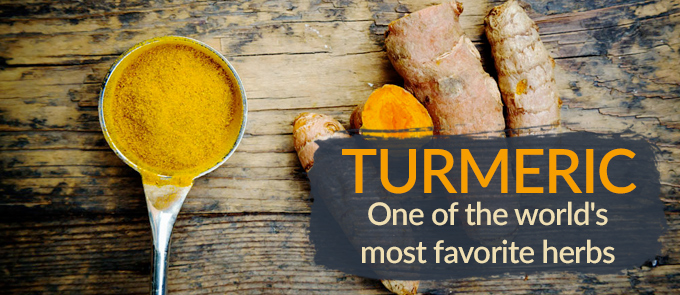
Turmeric: One of the World’s Most Favorite Herbs
A perennial plant belonging to the ginger family, turmeric is rapidly becoming one of the world’s favorite herbs.
The History of Turmeric
The use of turmeric dates back at least 4000 years to India, where it was used as a culinary spice and also played an important role in religious ceremonies. Analyses of ancient pots discovered near New Delhi uncovered residues from turmeric, garlic and ginger that date back as early as 2500 BCE.
Turmeric has long been revered for its many benefits. Susruta’s Ayurvedic Compendium, dated around 250 BC, recommends using an ointment containing turmeric to relieve the effects of poisoned food. In Ayurvedic tradition, inhaling fumes from burning turmeric was said to alleviate congestion. Turmeric paste was applied to all sorts of skin conditions and turmeric juice aided with the healing of wounds and bruises.
In Indian culture, the value of turmeric goes beyond medicine. Hindus see turmeric as sacred. One wedding day tradition is for a string, dyed yellow with turmeric paste, to be tied by the groom around the bride’s neck. This necklace symbolizes that the woman is married and capable of running a household. In other parts of India, a piece of the turmeric rhizome is worn as an amulet for protection against evil spirits.
Modern medicine has recently begun to recognize its importance also, as indicated by the over 3000 publications dealing with turmeric that have been released within the last 25 years.
What is Turmeric Exactly?
Because of its brilliant yellow color, turmeric is known as “Indian saffron.” The name turmeric derives from the Latin word terra merita or “meritorious earth”. It is referred to as “yellow root” in many languages. With dozens of other descriptive Sanskrit names such as jayanti (one that is victorious over disease), kashpa (killer of worms), survanavara (which exhibits golden color), jawarantika (which cures fevers), and mehagni (killer of fat), the names of turmeric are as numerous as its benefits.
The turmeric plant needs warm temperatures and a considerable amount of annual rainfall to thrive. The plant grows almost three feet tall and produces both a flower and a rhizome, or stem, that is found underground. Rhizomes are gathered annually, and plants are reseeded from some of these rhizomes the following season. When the rhizome is dried, it can be ground to a yellow powder.
The Many Uses of Turmeric
India has been the largest producer of turmeric since ancient times but its popularity has spread all over the East and is commonly used to give boiled white rice a golden color. Turmeric is added as a coloring agent in modern day manufactured food products such as canned beverages, butter, yogurt, ice cream, baked products, sweets, orange juice, popcorn, cereals, and sauces. It is a significant ingredient in most commercial curry powders and that which gives curry its distinctive yellow color and flavor.
Turmeric is eaten both raw and cooked in food all over Asia. While turmeric root looks similar to ginger root, it is crunchy, succulent, and less fibrous and easier to chew than ginger. The fresh root is somewhat sweet and nutty with a little bitter flavor. The dried powder is more bitter. Fresh turmeric is sometimes consumed on its own or is chopped up and put in raw salads.
Traditional use includes grinding it in a mortar to make a paste to mix with other spices for flavoring in curries. In modern times, the most common use of the dried root powder is as the base of most curried dishes.
The Medicinal Benefits of Turmeric
Turmeric is an herb that has been traditionally used to alleviate inflammation. According to Ayurveda, turmeric is strengthening and warming to the whole body. In India, traditional uses in India include improving digestion, relieving gas, improving bacterial balance in the gut, and cleansing and strengthening the liver and gallbladder. It also has been known to help regulate menstruation, relieve arthritis and swelling, act as a blood purifier, dispel worms, dissolve gallstones, promote proper metabolism and so much more.
Many South Asian countries use it as an antiseptic for bruises, cuts, and burns, and as protection against unwanted bacteria. In Pakistan, it is used as a remedy for digestive discomfort associated with irritable bowel syndrome. Indians use turmeric to purify blood and help various skin conditions. In some parts of the world, turmeric paste is applied to the skin of the bride and groom before marriage to make the skin glow and to keep harmful bacteria away. Turmeric is used in the formulation of several sunscreens and several large multinational companies use it to make face creams.
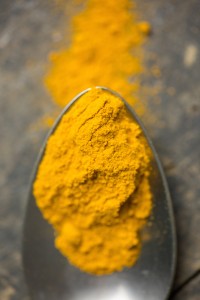 Turmeric contains bioactive compounds called curcuminoids that have powerful medicinal properties.
Turmeric contains bioactive compounds called curcuminoids that have powerful medicinal properties.
Curcumin is the most important and studied of these compounds, and the active ingredient which has been proven to demonstrate anti-inflammatory effects. Inflammation is a natural healing response in the body. It has an important role in repairing damage and fending off foreign invaders. Short-term inflammation is beneficial; however, it is a serious problem when it becomes chronic. Low level inflammation is suspected as a contributing factor in almost every chronic Western disease including heart disease, cancer, metabolic syndrome, Alzheimer’s and various other degenerative conditions.
It has been demonstrated that curcumin is strongly anti-inflammatory, to the point of matching the effectiveness of some anti-inflammatory medicines. It is also a very strong antioxidant. Because it is a potent anti-inflammatory agent and antioxidant, several beneficial effects for heart disease have been demonstrated.
Curcumin boosts levels of a particular brain hormone which increases the growth of new neurons and fights various degenerative processes in the brain. Because curcumin can cross the blood-brain barrier it has been shown to lead to various improvements in the pathological process of Alzheimer’s disease and also depression, boosting the brain neurotransmitters serotonin and dopamine.
It can be difficult for curcumin to be absorbed into the bloodstream. It is helpful to combine it with black pepper or a fat to enhance absorption up to 2000%.
Is Turmeric Safe to Consume?
Unlike over-the-counter medicinal products, turmeric has no toxic effects on the body. Curcumin’s powerful antioxidant advantages have been shown to protect healthy cells from cancer-causing agents.
It supports the body in destroying mutated cancer cells before they have a chance to spread to other areas.

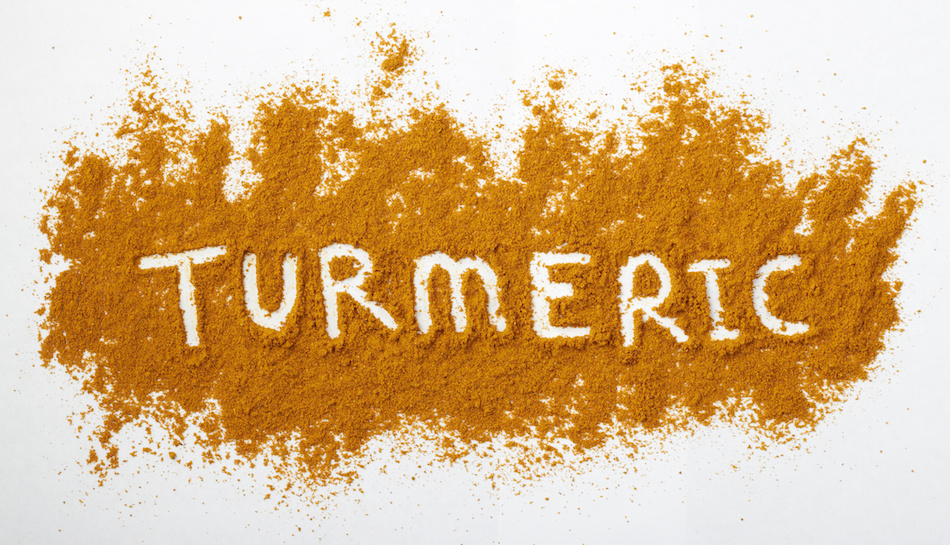
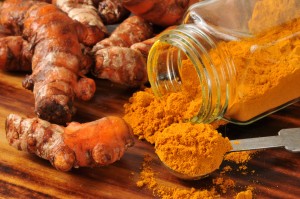
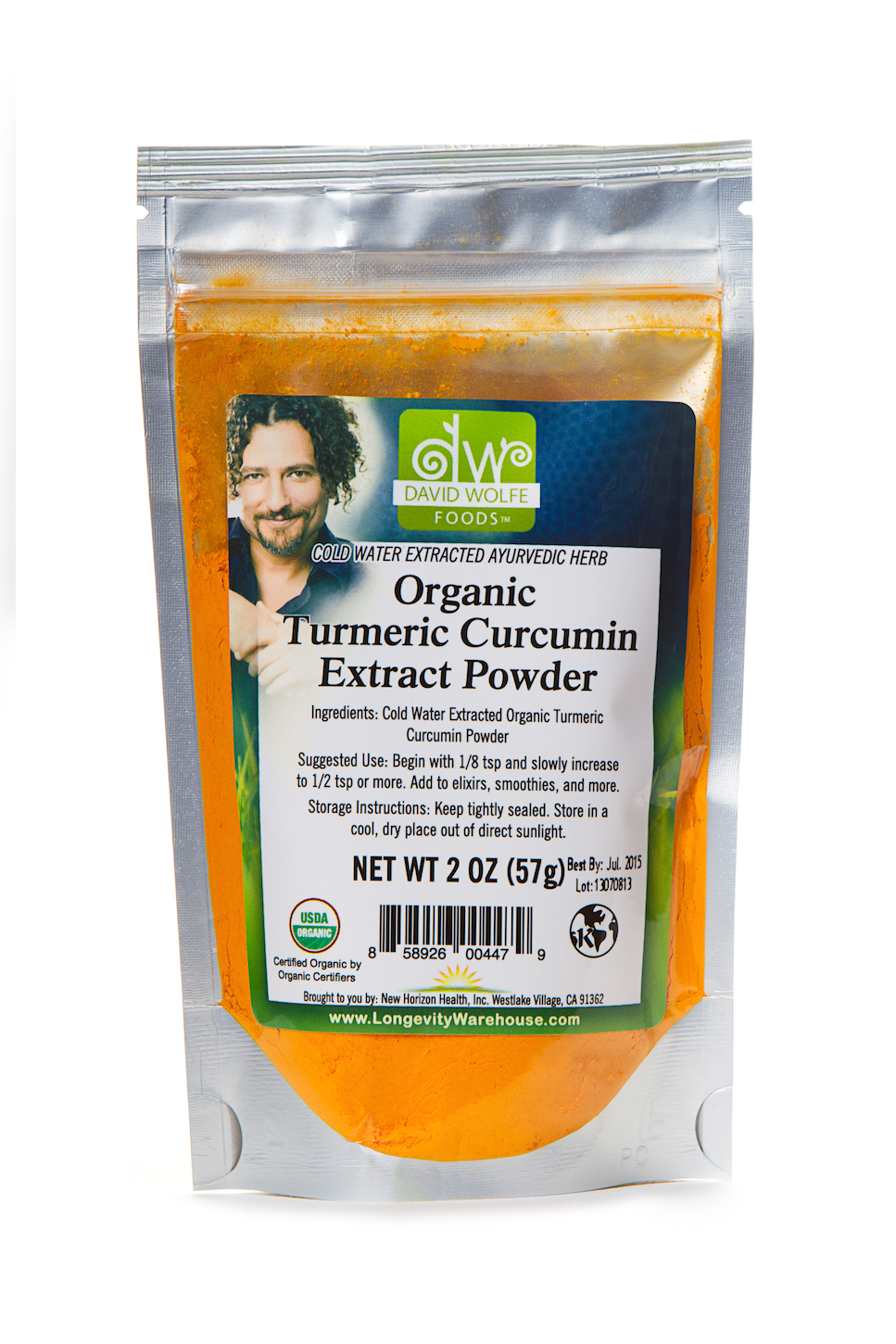

+ There are no comments
Add yours